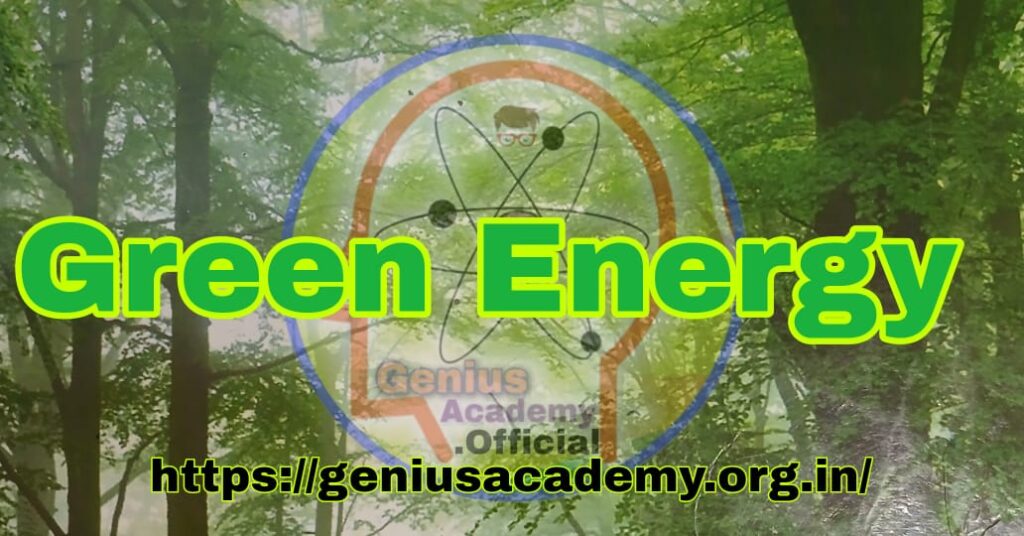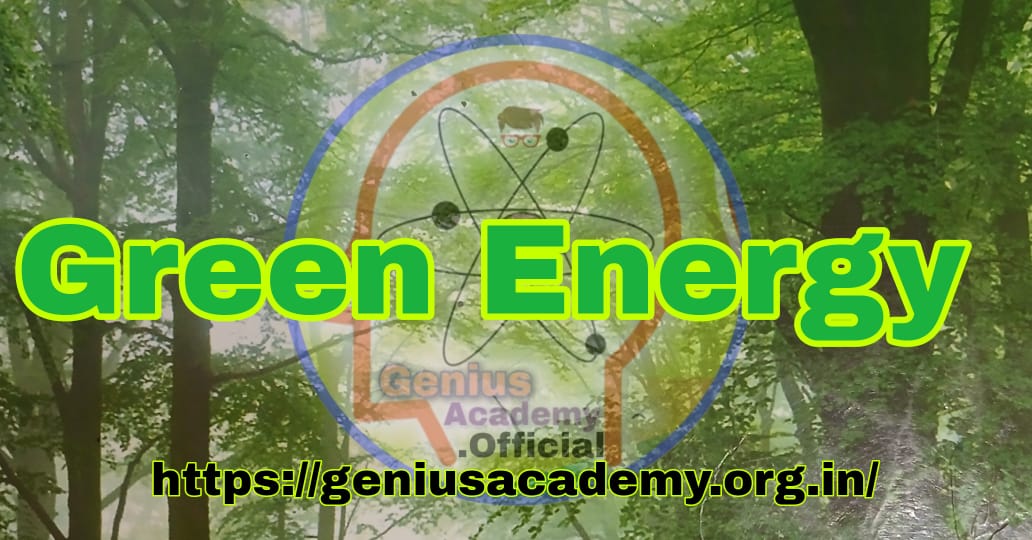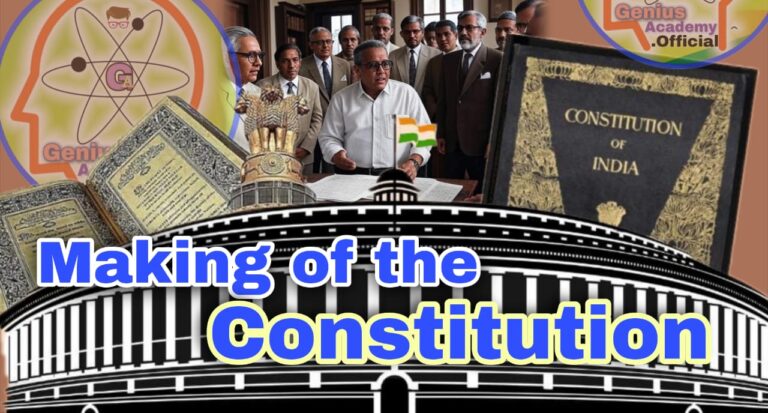International Cooperation on Clean Energy and Cooling Solutions
Context
As global temperatures continue to rise, there is a growing need for effective cooling solutions to combat the worsening impacts of climate change. International collaboration on clean energy and cooling technologies is essential to address this challenge while ensuring energy efficiency and reducing greenhouse gas emissions.
Current State of Global Warming
The urgency of international cooperation on clean energy and cooling is underscored by the state of global warming:
- Rising Temperatures: The United Nations Environment Programme (UNEP) reports that global temperatures have already risen by approximately 1°C since pre-industrial times. This increase has resulted in severe and more frequent weather events, including heatwaves, floods, and wildfires.
- Climate Targets: The UNEP’s Emissions Gap Report emphasizes that existing measures to mitigate global warming are insufficient to meet the targets of the Paris Agreement, which aims to limit global warming to well below 2°C, with efforts to limit it to 1.5°C. Urgent action is required to bridge this gap.
The Urgency of Sustainable Cooling Solutions
- Surge in Cooling Demand: The demand for cooling solutions is projected to triple by 2050 as extreme heat waves become more common. This rise will lead to a sharp increase in the use of air conditioners and other cooling appliances, resulting in greater energy consumption.
- HFCs and Climate Impact: Traditional cooling methods often rely on hydrofluorocarbons (HFCs), potent greenhouse gases that contribute significantly to global warming. Their use exacerbates the climate crisis.
- India’s Role: India is expected to have the world’s highest demand for cooling by 2050, with over 1.14 billion air conditioners in use. As the third-largest emitter of greenhouse gases, India’s actions in this sector are crucial to global climate efforts.
Key Concerns for Clean Energy and Cooling Solutions
1. Energy Efficiency and Emissions
- Inefficient air-conditioning and refrigeration systems consume excessive energy and significantly contribute to greenhouse gas emissions.
- The energy demand for cooling increases strain on electricity grids and leads to higher emissions from power generation, particularly in regions that rely on fossil fuels.
2. Harmful Refrigerants
- HFCs, used in cooling appliances, have high global warming potential. If their usage continues unchecked, it can contribute significantly to global temperature rise.
3. Access to Sustainable Cooling
- Approximately 1.12 billion people globally lack access to cooling, placing them at high risk, particularly in climate-vulnerable regions such as Sub-Saharan Africa and the Global South.
- Addressing this gap is critical to reducing heat-related deaths and improving productivity and well-being.
4. Technological Gaps
- Many regions face a lack of access to advanced and efficient technologies for clean cooling solutions.
- Bridging the technological divide is essential for widespread deployment of clean energy and cooling systems, especially in developing countries.
5. Policy and Regulatory Barriers
- Inconsistent policies and regulatory frameworks across countries hinder the adoption of clean and energy-efficient cooling technologies.
- There is a need for integrated energy efficiency and refrigerant standards to facilitate a smooth transition.
6. Coordination and Collaboration
- Effective global cooperation requires seamless coordination among governments, the private sector, and civil society.
- Differing priorities and interests often pose challenges to achieving meaningful collaboration.
7. Adaptation Costs
- According to UNEP’s Adaptation Gap Report, adaptation costs for developing countries are projected to range from $140-300 billion per year by 2030, potentially increasing to $280-500 billion per year by 2050.

Addressing Climate Change and Energy Poverty
To combat these challenges, a multifaceted approach is necessary, focusing on partnerships, innovative solutions, and inclusive development.
1. Public-Private Partnerships (PPPs)
- PPPs can play a critical role in building sustainable and resilient infrastructure by leveraging the expertise and resources of both the public and private sectors.
- These partnerships are vital for the development and deployment of advanced clean energy technologies.
2. Innovative Financing Mechanisms
- Financial instruments such as green bonds, climate funds, and blended finance approaches can attract private investment and provide the resources needed for large-scale projects.
- Such mechanisms help reduce financial barriers and enable faster adoption of clean energy solutions.
3. Technology Transfer and Capacity Building
- Sharing technologies and building local capacities are key to sustainable development.
- International cooperation can facilitate technology transfer to developing nations, helping them adopt advanced and energy-efficient systems without repeating environmentally damaging practices of the past.
4. Community Engagement
- Involving local communities in the design and implementation of clean energy and cooling projects ensures solutions are tailored to their needs and are sustainable in the long term.
- This approach fosters local ownership and enhances the effectiveness of climate initiatives.
International Efforts and Commitments
Several international initiatives exemplify the importance of global collaboration in addressing climate change and promoting sustainable cooling solutions:
1. Quad’s Wilmington Declaration
- The Quad nations (Australia, India, Japan, and the United States) have highlighted their commitment to sustainable energy solutions, focusing on high-efficiency cooling systems.
- The declaration aligns with a joint roadmap between India and the United States for building secure global clean energy supply chains, emphasizing clean cooling technologies.
2. Global Cooling Pledge
- Launched by the COP28 Presidency and supported by UNEP, this initiative aims to enhance voluntary commitments for climate mitigation, adaptation, and resilience through sustainable cooling solutions.
- It focuses on nature-based solutions, super-efficient appliances, and National Cooling Action Plans to address cooling demands sustainably.
3. India’s Leadership in Clean Energy
- India has pledged substantial investments in solar and cooling infrastructure as part of its commitment to the Quad’s initiatives.
- Collaborative efforts between India and the U.S. to expand manufacturing of high-efficiency air conditioners and ceiling fans can significantly reduce the climate impact of cooling systems.
3. The Kigali Amendment to the Montreal Protocol
- Adopted in 2016, the Kigali Amendment seeks to phase down HFCs, which are used in cooling appliances.
- If HFC use continues unchecked, it could contribute to 0.52°C of warming by 2100. The amendment provides a global framework to limit HFC emissions, aligning with efforts to improve energy efficiency and reduce overall greenhouse gas emissions.
Key Challenges and Opportunities in International Cooperation
1. Challenges
- Policy Coordination: Harmonizing policies across nations is difficult due to diverse national interests, economic conditions, and regulatory frameworks.
- Technological Access: Developing countries often face hurdles in accessing advanced technologies due to cost, lack of infrastructure, and limited technical expertise.
- Financing Barriers: Mobilizing sufficient financial resources for large-scale projects remains challenging, particularly for poorer nations.
2. Opportunities
- Collaborative Frameworks: Establishing platforms for dialogue and cooperation among stakeholders can help align goals and prioritize actions.
- Research and Development: Joint investments in R&D can lead to innovative solutions that are scalable and tailored to regional needs.
- Capacity Building: Training and knowledge-sharing initiatives can empower communities to adopt and maintain clean energy and cooling technologies.
Conclusion
The twin challenges of climate change and energy poverty underscore the critical need for sustainable and energy-efficient cooling solutions. International cooperation, as demonstrated by initiatives such as the Quad’s Wilmington Declaration and the Kigali Amendment, offers a promising pathway to address these challenges. By deploying clean cooling systems, mobilizing financial resources, and fostering collaboration across borders, the world can work toward a sustainable, resilient, and cooler future. Ensuring that solutions are inclusive and tailored to regional needs will be key to building climate resilience and achieving global climate goals.
UPSC (CSE) Mains Questions on International Cooperation on Clean Energy and Cooling Solutions
1. General Studies Paper II
| [Q1.] Examine the importance of energy-efficient cooling systems in the context of global warming. Highlight India’s role and initiatives in promoting clean energy and sustainable cooling solutionsants. |
| [Q2.] “Access to cooling is a critical need in a warming world.” Elaborate on the statement by discussing the social, economic, and environmental impacts of inadequate access to sustainable cooling solutions. |
| [Q3.] “India plays a key role in global efforts to combat climate change through clean energy and cooling solutions.” Critically discuss this statement with reference to India’s contributions and partnerships in this sector. |
| [Q4.] Examine the impact of inconsistent regulatory frameworks on the adoption of clean energy solutions worldwide. What steps can be taken to create a harmonized global approach? |
2. General Studies Paper III
| [Q5.] Discuss the critical role of international cooperation in promoting sustainable cooling solutions and combating climate change. What are the major challenges in fostering such global partnerships? |
| [Q6.] Evaluate the impact of harmful refrigerants, such as hydrofluorocarbons (HFCs), on climate change. What measures have been taken at the international level to phase down their usage? Discuss the effectiveness of these measures. |
| [Q7.] Analyse the role of Public-Private Partnerships (PPPs) and innovative financing mechanisms in advancing clean energy and cooling technologies. What challenges hinder their widespread adoption? |
| [Q8.] Discuss the objectives and significance of the Kigali Amendment to the Montreal Protocol in addressing climate change. How does it contribute to the reduction of greenhouse gas emissions? |
| [Q9.] Highlight the technological and policy-related challenges in adopting clean cooling solutions worldwide. Suggest measures to overcome these challenges through international collaboration. |
| [Q10.] How does the UNEP’s Adaptation Gap Report emphasize the need for international cooperation in developing sustainable cooling solutions? Analyse the adaptation costs and their implications for developing countries. |
FAQs on International Cooperation on Clean Energy and Cooling Solutions
1. What is the significance of international cooperation in addressing global warming and cooling solutions?
Ans:— International cooperation is crucial for pooling resources, sharing knowledge, and fostering global partnerships to develop and implement energy-efficient cooling systems. It also helps mitigate climate change by reducing greenhouse gas emissions and ensures access to cooling in vulnerable regions.
2. Why is there a growing demand for cooling solutions globally?
Ans:— Rising global temperatures due to climate change have led to increased frequency and intensity of heatwaves. This has created a surge in demand for cooling solutions, particularly in developing countries with high population densities and extreme climate conditions.
3. How do traditional cooling methods impact climate change?
Ans:— Traditional cooling methods rely heavily on hydrofluorocarbons (HFCs), which are potent greenhouse gases. They contribute significantly to global warming through direct emissions and increased energy consumption.
4. What is the Kigali Amendment, and why is it important?
Ans:— The Kigali Amendment to the Montreal Protocol aims to phase down the use of HFCs, a major contributor to global warming. It seeks to reduce HFC emissions by promoting alternative, climate-friendly cooling technologies, thereby mitigating the impact of cooling systems on climate change.
5. What role does India play in international efforts for clean energy and cooling?
Ans:— As the world’s third-largest emitter of greenhouse gases, India is pivotal in promoting clean energy and cooling solutions. India’s initiatives include investments in solar energy and high-efficiency cooling systems, participation in the Quad’s clean energy agenda, and collaboration with international partners to reduce the climate impact of cooling systems.
6. What are the key challenges in adopting clean cooling technologies worldwide?
Ans:— Major challenges include high costs, limited access to advanced technologies, inconsistent regulatory frameworks, lack of financing, and inadequate infrastructure in developing countries.
6. What are the key challenges in adopting clean cooling technologies worldwide?
Ans:— Major challenges include high costs, limited access to advanced technologies, inconsistent regulatory frameworks, lack of financing, and inadequate infrastructure in developing countries.
7. How can Public-Private Partnerships (PPPs) contribute to the adoption of sustainable cooling solutions?
Ans:— PPPs bring together the expertise and resources of the public and private sectors to develop and deploy clean energy solutions. They facilitate innovation, reduce costs through shared investments, and enable large-scale implementation of sustainable technologies.
8. What are some innovative financing mechanisms for clean energy and cooling projects?
Ans:— Green bonds, climate funds, blended finance approaches, and other innovative financial instruments can mobilize private investment and provide necessary resources for scaling up clean energy and cooling solutions.
9. How does access to sustainable cooling impact vulnerable populations?
Ans:— Lack of access to cooling increases the risk of heat-related illnesses and mortality, particularly in climate-vulnerable regions. Sustainable cooling is critical for improving public health, productivity, and overall well-being.
10. What is the role of technology transfer in addressing energy efficiency and cooling needs?
Ans:— Technology transfer helps developing countries leapfrog to clean and energy-efficient systems by providing access to advanced technologies, building local capacity, and fostering innovation tailored to regional needs.
_






